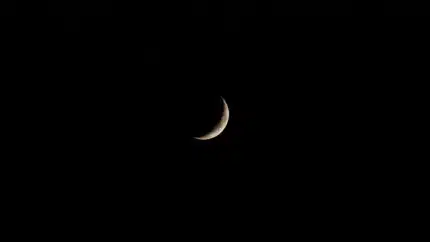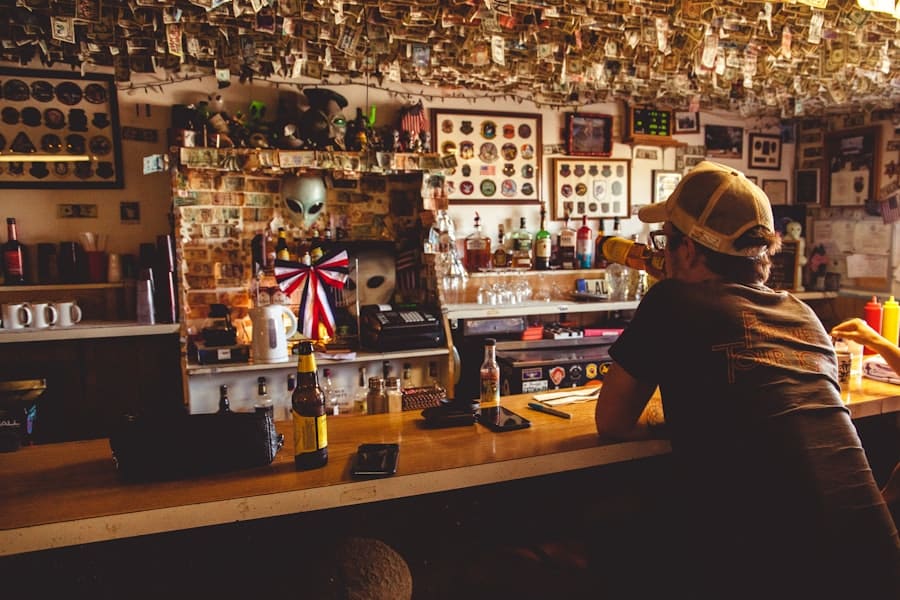Paul McCartney Dead: Beatles Cover-Up Reignites Speculation

The Beatles are undoubtedly one of the most iconic and influential bands in the history of popular music. Their music continues to resonate with audiences around the world, and their impact on pop culture is immeasurable. However, amidst their immense success, a conspiracy theory emerged that shook the world – the theory that Paul McCartney had died in a car accident in 1966 and was replaced by a lookalike. This theory, known as “Paul is dead,” has captivated fans and skeptics alike for decades, leaving behind a legacy of mystery and intrigue.
The Conspiracy Theory: Paul McCartney Was Replaced by a Lookalike
According to the “Paul is dead” theory, Paul McCartney died in a car accident on November 9, 1966. The story goes that after his death, the remaining members of the Beatles decided to cover up his passing and replace him with a lookalike named William Campbell. Conspiracy theorists point to various “clues” in Beatles’ songs, album covers, and interviews as evidence of this switch.
One of the most famous clues is found in the song “Strawberry Fields Forever.” When played backward, some believe that John Lennon can be heard saying “I buried Paul,” which is interpreted as a confession of McCartney’s death. Additionally, on the cover of the album “Abbey Road,” McCartney is seen walking out of step with the other band members, barefoot, and holding a cigarette in his right hand (even though he is left-handed). These details are seen as symbolic representations of McCartney’s death and replacement.
The “Clues” in Beatles’ Songs and Album Covers
The supposed clues in Beatles’ songs and album covers are numerous and varied. In addition to “Strawberry Fields Forever” and “Abbey Road,” conspiracy theorists point to lyrics in songs like “A Day in the Life” and “Revolution 9” as evidence of McCartney’s death. They interpret these lyrics as cryptic messages about the switch and the band’s guilt.
Furthermore, album covers like “Sgt. Pepper’s Lonely Hearts Club Band” and “Magical Mystery Tour” are said to contain hidden symbols and imagery related to McCartney’s death. For example, on the cover of “Sgt. Pepper’s,” there is a patch that reads “OPD,” which some believe stands for “Officially Pronounced Dead.” These supposed clues have fueled the conspiracy theory and kept it alive in the minds of fans and skeptics alike.
The “Official” Story of Paul McCartney’s Death
The official story, as told by the Beatles and their associates, is that Paul McCartney did not die in 1966 and was not replaced by a lookalike. According to them, the “Paul is dead” theory is nothing more than a hoax perpetuated by overzealous fans looking for hidden meanings in their music.
Supporters of the official story point to interviews with the Beatles themselves as evidence of McCartney’s continued existence. In these interviews, McCartney addresses the rumors directly, dismissing them as baseless and absurd. Additionally, friends and family members of McCartney have also spoken out against the theory, stating that he is indeed alive and well.
The “Sightings” of the Real Paul McCartney
Despite the official story and the overwhelming evidence against the theory, there have been numerous supposed sightings of the real Paul McCartney after his supposed death. These sightings range from encounters with fans to alleged appearances on television shows and in public places.
Conspiracy theorists argue that these sightings are proof that McCartney is still alive and that the official story is a cover-up. They claim that these sightings cannot be dismissed as mere coincidences or mistaken identities. However, skeptics argue that these sightings are nothing more than hoaxes or cases of mistaken identity, fueled by the fervor of the conspiracy theory.
The Role of the Media in Covering Up the Story
The media has played a significant role in perpetuating the “Paul is dead” conspiracy theory and covering up what some believe to be the truth. From the early days of the theory’s emergence, newspapers and magazines ran stories and published articles speculating on McCartney’s death and replacement.
Furthermore, radio stations and television shows dedicated airtime to discussing the theory and analyzing the supposed clues in Beatles’ songs and album covers. This media coverage only served to fuel the fire of the conspiracy theory, leading to its widespread popularity and enduring legacy.
The Psychological Impact of the Conspiracy Theory on Fans
The “Paul is dead” conspiracy theory has had a profound psychological impact on fans of the Beatles and Paul McCartney. For some, it has become an obsession, consuming their thoughts and influencing their perceptions of the band and their music.
Fans who believe in the theory often find themselves analyzing every lyric, album cover, and interview for hidden meanings and clues. This constant search for hidden truths can lead to feelings of paranoia, mistrust, and disillusionment. On the other hand, skeptics of the theory may feel frustrated or annoyed by its persistence, viewing it as a distraction from the true genius of the Beatles’ music.
The Legacy of the “Paul is Dead” Rumors
The “Paul is dead” rumors have left a lasting impact on pop culture and conspiracy theories as a whole. The theory has become one of the most famous and enduring conspiracy theories in history, captivating generations of fans and skeptics alike.
Furthermore, the “Paul is dead” theory has influenced other conspiracy theories and pop culture phenomena. It has served as a template for other celebrity death hoaxes and has inspired countless works of fiction, music, and art. The theory’s lasting legacy is a testament to the enduring fascination with the mystery of Paul McCartney’s death.
The Connection between Conspiracy Theories and Pop Culture
The connection between conspiracy theories and pop culture is a complex and fascinating one. Certain theories, like the “Paul is dead” theory, capture the public’s imagination and become ingrained in popular culture. These theories often gain traction due to their ability to tap into people’s desire for hidden meanings and secret knowledge.
Pop culture plays a significant role in perpetuating and spreading conspiracy theories. Through music, movies, television shows, and social media, these theories are disseminated to a wide audience, further fueling their popularity. The “Paul is dead” theory is a prime example of how conspiracy theories can become intertwined with pop culture, shaping our perceptions and understanding of the world around us.
The Enduring Mystery of Paul McCartney’s Death
In conclusion, the mystery surrounding Paul McCartney’s death and the subsequent “Paul is dead” conspiracy theory continues to captivate fans and skeptics alike. Despite overwhelming evidence to the contrary, the theory persists, fueled by supposed clues in Beatles’ songs and album covers.
The enduring fascination with the theory speaks to the power of conspiracy theories in popular culture. They tap into our desire for hidden meanings and secret knowledge, providing an alternative narrative that challenges the official story. The “Paul is dead” theory has left an indelible mark on pop culture history, influencing other conspiracy theories and serving as a reminder of the enduring legacy of the Beatles.
If you’re intrigued by conspiracy theories and hidden truths, you won’t want to miss this fascinating article on The Truth Behind TV. Titled “Energy Portals and Ley Lines: Unraveling the Mysteries of Earth’s Power Grid,” it delves into the enigmatic world of ley lines and their alleged connection to energy portals. This thought-provoking piece explores the possibility that these ancient energy pathways may hold the key to unlocking untapped potential and even interdimensional travel. Prepare to have your mind expanded as you delve into this captivating exploration of Earth’s hidden energies. Check it out here.
FAQs
What is the article about?
The article is about the conspiracy theory that Paul McCartney, a member of the Beatles, died in 1966 and was replaced by a look-alike.
What is the evidence for this theory?
The evidence for this theory includes supposed clues in Beatles songs and album covers, as well as alleged differences in McCartney’s appearance and behavior before and after 1966.
What is the cover-up mentioned in the article?
The cover-up refers to the alleged efforts by the remaining Beatles and their management to conceal McCartney’s death and replace him with a look-alike.
Is there any proof that Paul McCartney actually died?
No, there is no credible evidence to support the theory that Paul McCartney died in 1966.
What has Paul McCartney said about this theory?
Paul McCartney has dismissed the theory as “ridiculous” and “a load of old rubbish.”
Why does this theory continue to be popular?
The theory continues to be popular because it is a compelling and intriguing story that appeals to people’s fascination with conspiracy theories and the Beatles.
What impact did this theory have on the Beatles?
The theory had little impact on the Beatles’ music or popularity, but it did create a lot of speculation and controversy at the time.
Leave A Reply
You must be logged in to post a comment.










 Paranormal
Paranormal

